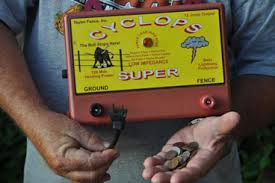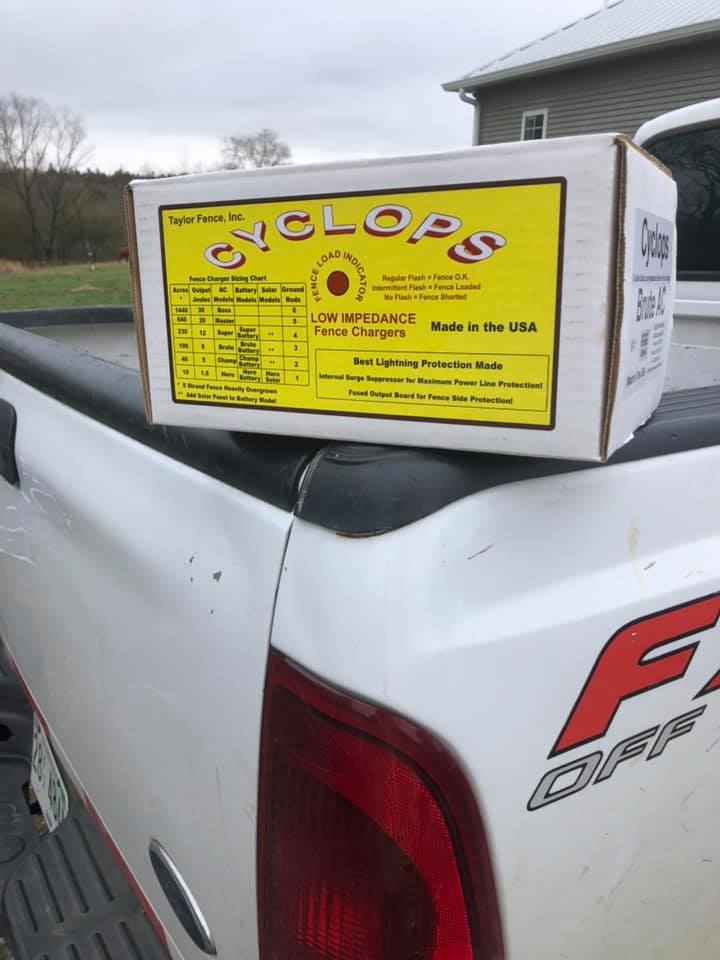Missouri’s fence and boundary laws continue to raise questions from landowners throughout the state. The following will discuss some common questions related to fences and boundaries.
-
- Does the law allow landowners to clear 10 feet on each side of the boundary fence? Missouri has had the tradition of cleaning out 10 feet on each side to maintain the fence for over 100 years. Unfortunately, it is a tradition and not a law so legally, no, you cannot if the neighbor opposes. It makes good sense to do so since trees and brush may obstruct the fence and either landowner could be held liable by the other for repair of the fence.
- Should a new fence automatically be placed on the surveyed line if there is a survey? This is a common misconception and occurs often. If a fence has been in place for 10 years or more, then it becomes the boundary line in all likelihood. It is known as “adverse possession” and is a legal term and court process. A new landowner who had a survey done cannot move the fence to where the survey is, in the case of an existing fence of more than 10 years, without a neighbor’s consent. If no fence is in place, then the fence can be placed on the survey line. Alternatives include a mutual agreement among neighbors or including specific wording on both deeds. Joe Koenen, ag business specialist in Putnam County can be contacted for this specific wording.
- If livestock is not owned, who is responsible for the boundary fence? The answer depends on the county the land is located. The updated general fence law states landowners who do not own livestock are not legally required to contribute to a boundary fence. Ninety-five counties in Missouri currently have adopted the updated general fence law. Nineteen counties have opted out of the general law and are local option fence law counties. In these counties, if one landowner requires a boundary fence because of the possession of livestock, then the other(s) are legally obligated to contribute and pay for their portion.
- Is it a good idea to place a fence inside the property line if an agreement between neighbors cannot be made? A fence needs to be on the property line for several good reasons. First, it serves as the boundary line. Second and more importantly, if the fence is erected ten or twenty feet inside the property line, one may have avoided paying for half of the neighbor’s fence in general law counties, but it comes at a potentially high cost. If the fence within the property line stays there for ten years or more and the neighbor utilizes it somehow (pasture, hunt, cut wood) then ownership may change under adverse possession.
- If one cannot afford one-half of the fence then who is responsible? The law is very clear as far as who is responsible for building and maintaining a boundary fence. The fact someone does not have the funds currently does not matter. In those cases, one will have to work out something with the neighbor or a lender.
- The neighbor wants a woven wire fence, who is responsible for extra fence costs? If one is required to contribute to the fence, the law specifies the contribution of a legal fence depending on the general or option law. One is still required to pay for what one-half of the legal fence cost but anything above that (woven wire, fifteen foot tall fence, etc.) would be the total cost of the neighbor requiring it.

Missouri’s fence law is very complicated and can be confusing. It is critical to know the county’s fence law. University of Missouri Extension has two guides on the law, guide 811 Missouri’s Fencing and Boundary Laws: Frequently Asked Questions (http://extension.missouri.edu/p/G811) and guide 810 Missouri’s Fencing and Boundary Laws (http://extension.missouri.edu/p/G810). Joe Koenen can be contacted for specific questions at 660) 947-2705 or email koenenj@missouri.edu
Source: Joe Koenen, Ag Business Specialist


